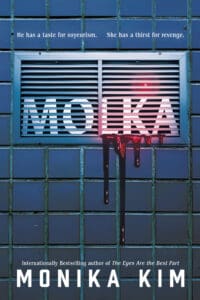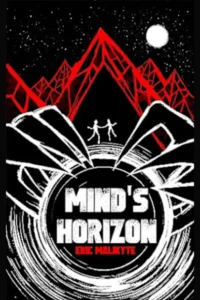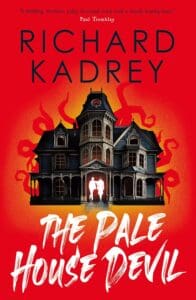
Synopsis
Set in rural Armenia in the aftermath of war, Narine Abgaryan’s haunting short stories show people finding hope and purpose again.
Named “one of Europe’s most exciting authors” by the Guardian, Narine Abgaryan has written a dozen books which have collectively sold over 1.35 million copies. To Go On Living comes directly from her experiences coming of age during the conflict between Armenia and Azerbaijan in the early 1990s.
Set in an Armenian mountain village, thirty-one linked short stories trace the interconnected lives of villagers tending to their everyday tasks, engaging in quotidian squabbles, and celebrating small joys against a breathtaking landscape. Yet the setting, suspended in time and space, belies unspeakable tragedy: every character contends with an unbearable burden of loss. The war rages largely off the book’s pages, appearing only in fragmented flashbacks. Abgaryan’s stories focus on how the survivors work, both as individuals and as a community, to find a way forward. Written in Abgaryan’s signature style that weaves elements of Armenian folk tradition into her prose, these stories of community, courage, and resilience celebrate human life, where humor, love and hope prevail in unthinkable circumstances.
Narine Abgaryan’s stories shed fresh light on this forgotten corner of the world. “Humanity is in dire need of hope, of kind stories,” she told the Guardian. She’s given them to us here.
Review
To Go On Living took me a little while to get into due to some formatting issues with the original ARC, but thankfully the publisher was kind enough to send me a second copy that worked much better and allowed me to enjoy the interconnectedness of these stories more. On their own, each story showcased the tragedies that war can inflict on people, both instantly and longterm. At times, it was a very depressing book (naturally for that theme) and reading too many of its stories at once sometimes felt like it took away from each individual one, making it feel like monotone and repetitive here and there, but I still am really glad I read it. It’s easy to live in a country that isn’t directly affected by war in such a visceral way and I find it important to remind people (including myself) that not everyone enjoys that privilege.
I honestly thought this was a nonfiction book until right before writing this review. I probably was aware of it being fiction when I first accepted it, but it must’ve flown my mind by the time I got started reading. The characters felt so real to me that I still struggle to believe they are fictional. This wasn’t the story of one person and how their life changed or how they learned something important. It wasn’t a self-help book that taught me one of life’s big secrets (though it still contained multiple lessons we could all learn from). No, this was a collection of short stories that were all connected through the people they were about and the struggles that the war ravaging through their homes caused. It wasn’t a story about a big adventure where the protagonist vanquished the big evil and returned home a hero. It was about villagers that had come to this town or left it, some to return while others could not, before, during, and after the atrocities that occurred in their area. It was about how they turned towards each other or into themselves, what they were willing to do to continue on, to go on living.
While this might’ve been a fictional short story collection, you can feel that the author has personal experience with such tragedy in the way she made these characters come alive. She was named one of Europe’s most exciting authors by the Guardian, and I am definitely interested in reading more from her.







Leave a Reply